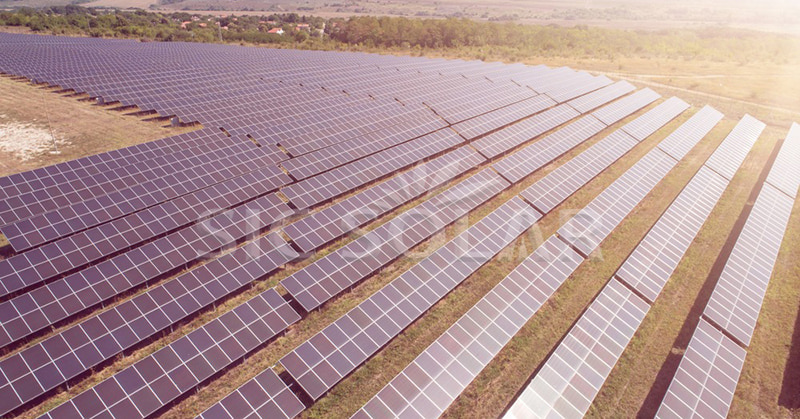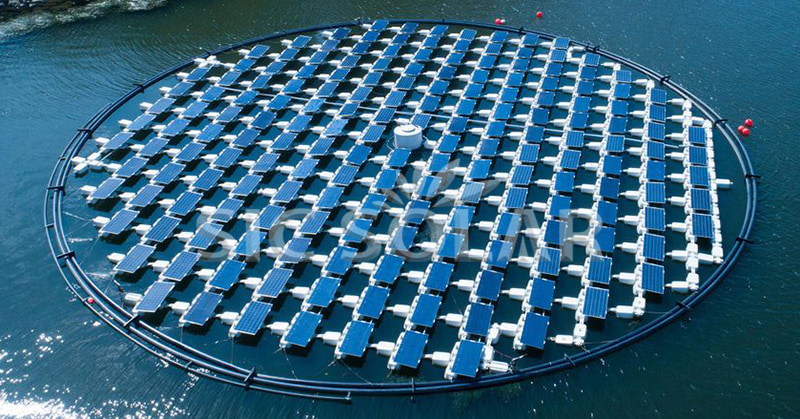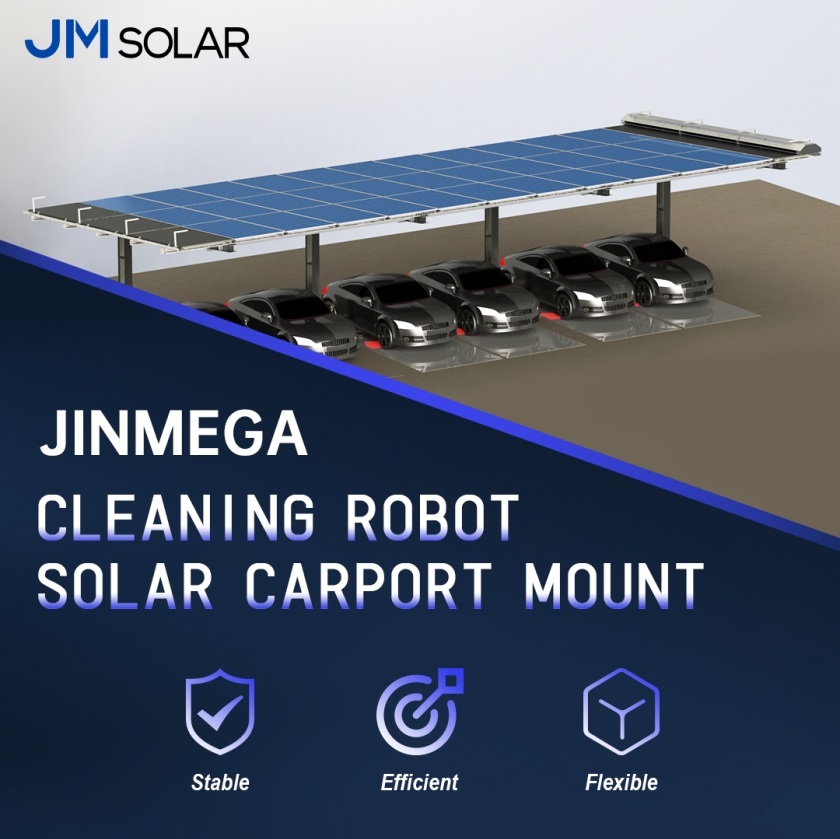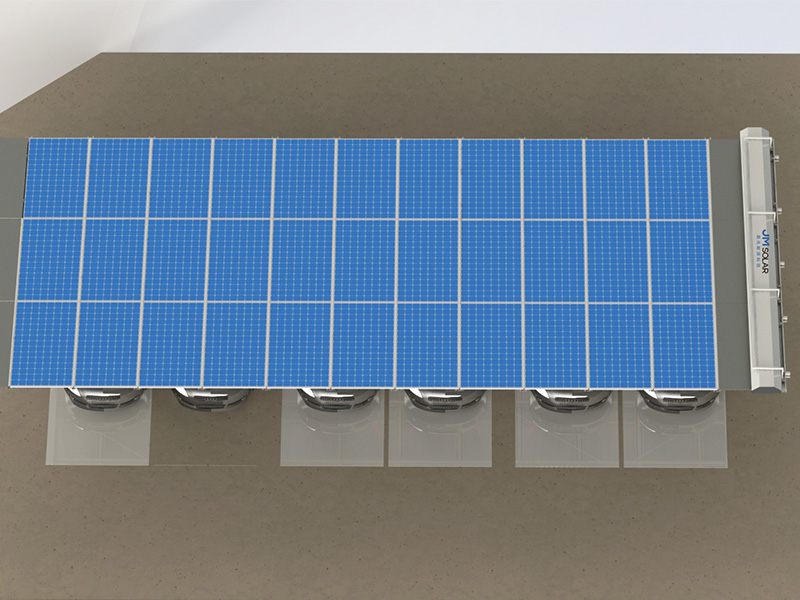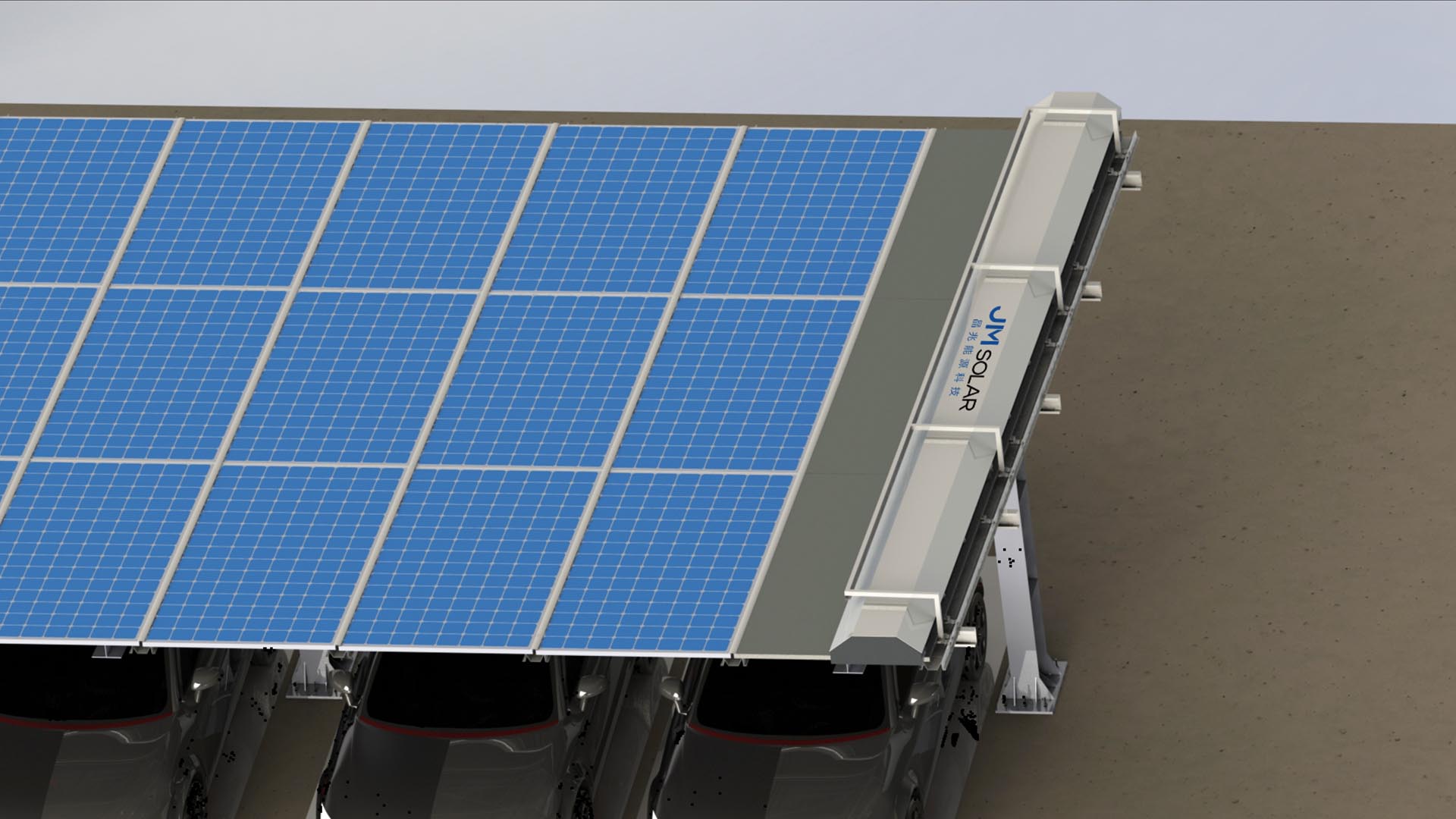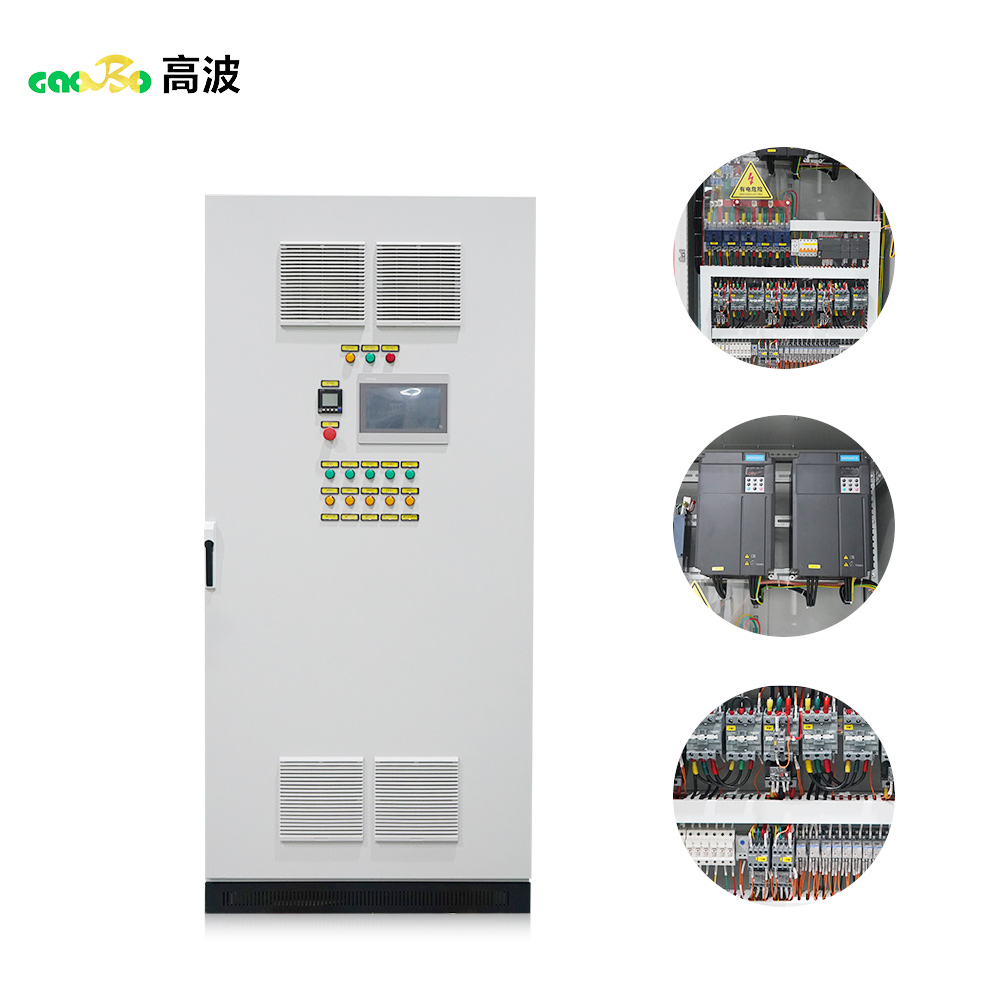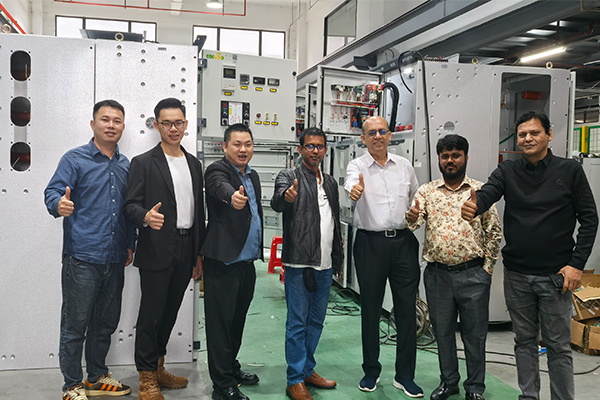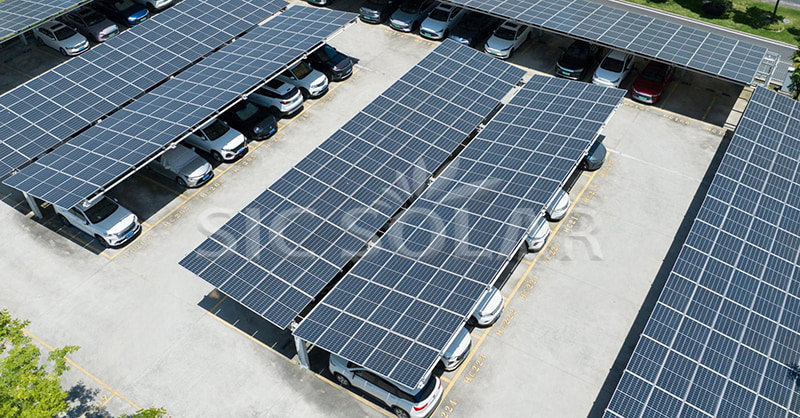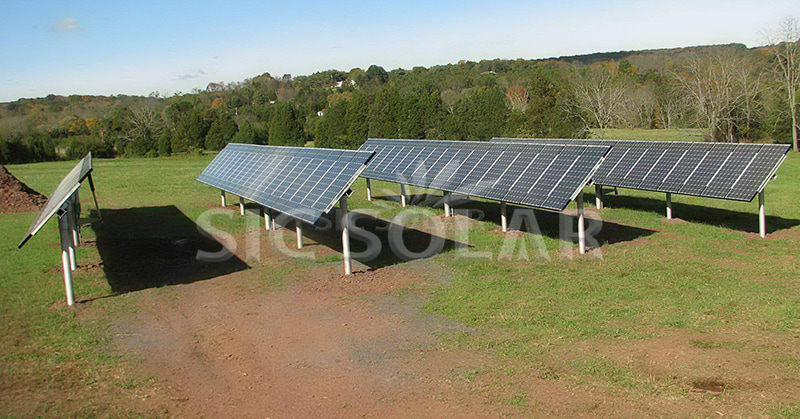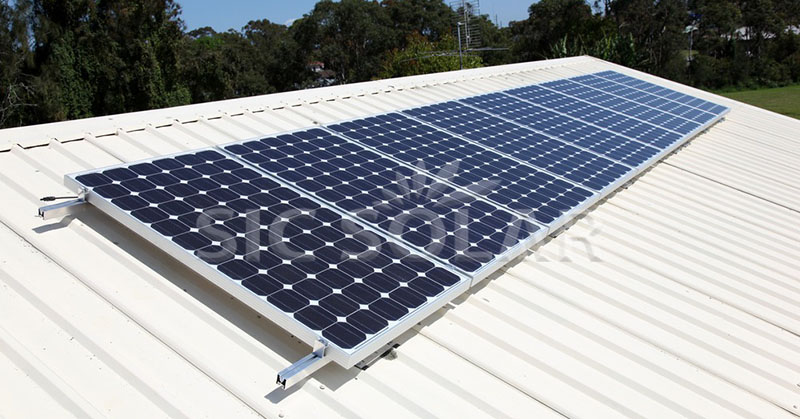When planning a rooftop PV power plant, have you ever wondered why two neighboring factories might have drastically different mounting system designs and initial investments? The key often lies with that “silent guardian” – the solar mounting structure. Choosing the right system is not only the cornerstone of safety but also the first step towards maximizing the economic return on your project.
While owners and investors often focus on the brands of modules and inverters when evaluating a solar quote, the mounting system is frequently overlooked. Yet, this “unassuming” component is fundamental to ensuring 25 years of stable operation for your power station. Today, we will take a deep dive into how to “tailor the perfect fit” for your unique roof, selecting the safest and most economical mounting solution.
Flat roofs are a mainstream scenario for commercial and industrial distributed solar. Here, the core considerations for choosing a mounting system are wind uplift resistance, waterproofing protection, and load control.
Ballasted Systems (Concrete Blocks):
Advantage: Causes absolutely no damage to the roof waterproofing layer, which is its greatest appeal. Offers flexible installation adaptable to various layouts.
Best For: The vast majority of concrete roofs and steel structure roofs with sufficient load-bearing capacity.
Penetrating/Permanent Fixation (Chemical or Mechanical Anchors):
Advantage: Provides the highest connection strength and excellent wind resistance.
Best For: Areas with extremely high wind resistance requirements, or special reinforcement areas like roof parapets.
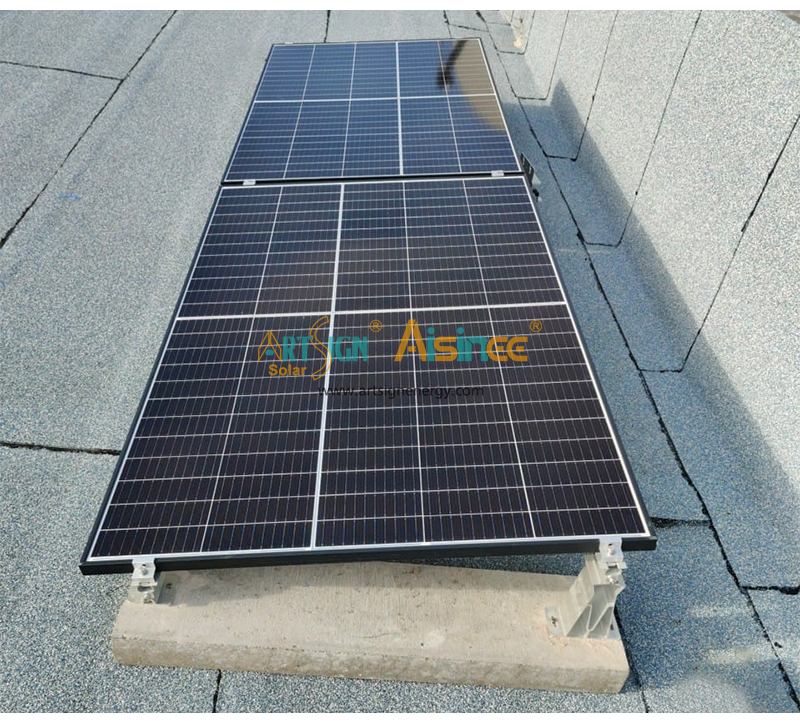
Hybrid Systems:
Combine ballast with point attachments. This approach ensures safety while minimizing impact on the roof surface and is a current mainstream trend.
II. Metal (Color Steel Tile) Roofs: The Core Demand is Non-Penetrating Installation
For metal roofs, especially factory buildings with color steel tiles, their lifespan and waterproof integrity are paramount. Mounting installation must adhere to the "non-penetrating" principle.
This is the most mainstream and mature solution. Specially designed clamps attach directly to the peaks or troughs of the steel tiles, requiring no drilling and perfectly protecting the original roof warranty.
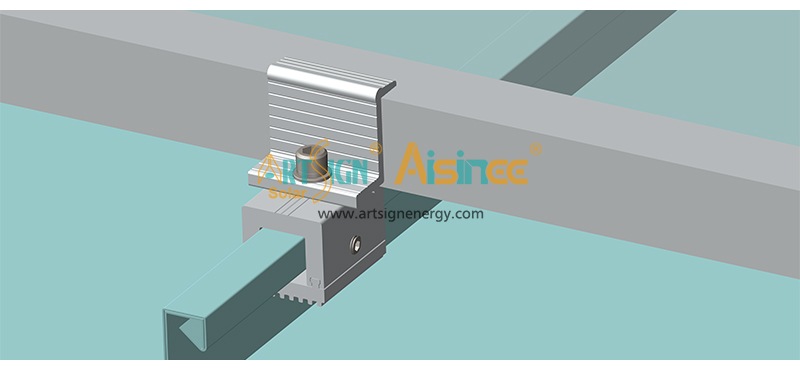
Our professional team will match the most suitable clamp for your specific tile profile.
III. Tile/Asphalt Shingle Roofs: Protecting the Shingle Structure and Waterproofing
Common in residential buildings, installation on these roofs requires extra care.
During installation, shingles are gently lifted to secure specialized hooks onto the roof's wooden rafters. The shingles are then replaced. This effectively guides rainwater runoff and distributes load, avoiding damage to the roof structure.
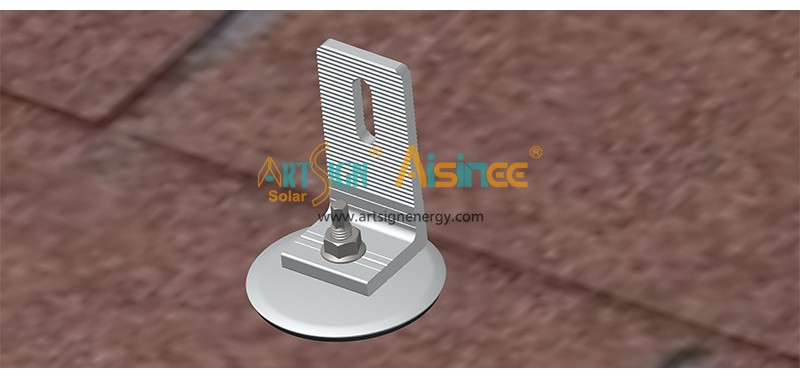
Specialized Hooks
No matter how complex your roof is, a professional mounting system supplier will provide a detailed roof survey and structural assessment service at the project's outset. This is not only the basis for selecting the right mounting system but also the primary step in ensuring the safety of your entire power station investment.A mounting system is far more than a simple "metal frame." It is the skeleton connecting sunlight to electricity, the safety guardian protecting your green investment. A customized mounting solution "tailored" to your roof means a longer plant lifespan, lower maintenance costs, and a higher overall return on investment.
For any inquiry on solar panel mounting system, please contact us, E-mail: sales@artsign.net.cn, Whatsapp / Wechat / Skype: +0086 180 3023 5875, thank you.

